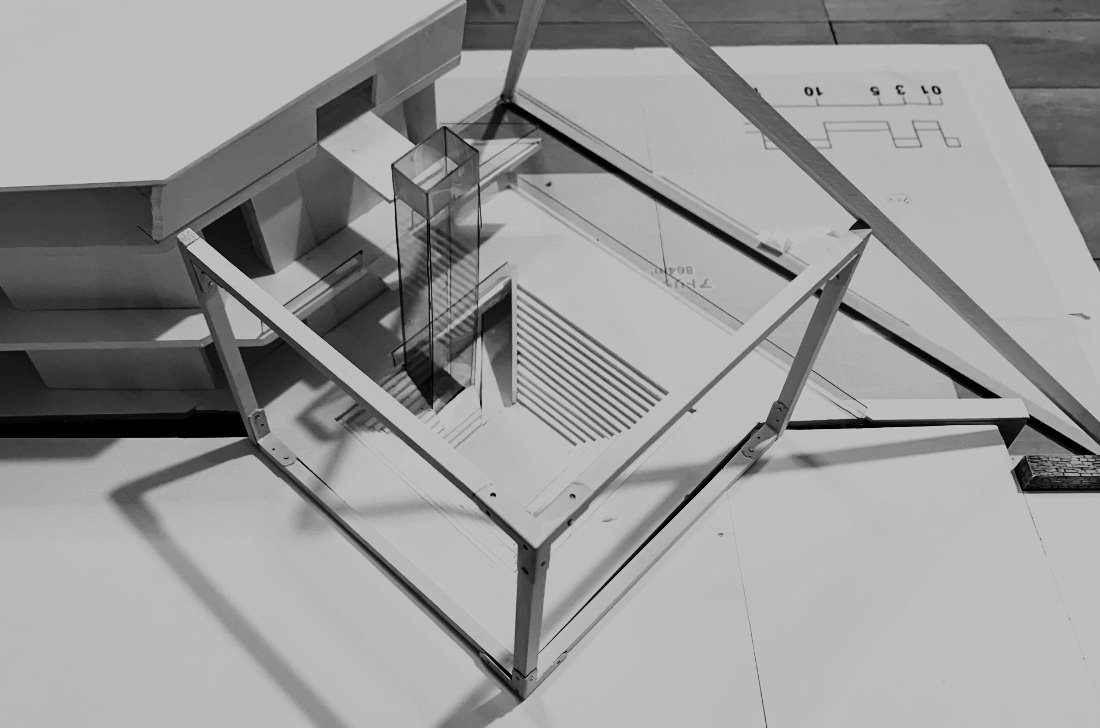The Beginning:
Contemporay Onnagata (female forms) as Interpreted by Ranshou | 藤間蘭翔の現代女形考

(*Japanese follows English)
Traditionally, onnagata is a form of performance in which male actors play female roles; it first was invented by men and emerged in the 17th century when women were barred from acting in kabuki theatre. Hence, onnagata is a cumulation of constructs and mannerisms developed for the male physique. The most notable onnagata’s dance programs like Kyokanoko musume dōjōji, Sagi musume, and Tsumoru koiyuki no Sekinoto first premiered and were developed further by male kabuki actors such as Segawa Kikunojō and Nakamura Tomijurō in the 18th century.
When female dancers started re-appearing on stage in the late 19th century, some of them inherited an expression of femininity developed for male physique. Since then, the effects have permeated every aspect of costume, katsura (hairstyling) and keshō (makeup) beyond choreography for onnagata. I am one of them. However, when dancing the classics of onnagata in the classical style, I cannot help but show the contemporary aspects of the body or feelings because I am a woman living today. I make it a point to put my conscious mind close to the body image of male dancers, and then I apply my feelings onto the final output as my physique. This process makes me realize women’s beauty within onnagata in history, which can even apply to today. These might sound seemingly contradictory, but for me, they absolutely harmonize within.
There is still room to explore the significance of women performing in these male-originated onnagata roles. In this project, I, as a woman and a dancer/choreographer, will contemplate my purpose and role as a contemporary onnagata while considering the influence of paintings and others which had strong ties to the buyo (dance) of the day.
The project starts with Moerenuma Park designed by Isamu Noguchi. The landmark is located in Sapporo, Hokkaido, which is also my birthplace; I have visited it many times in my childhood and have a lot of memories therein. It is the beginning place for me.
RANSHOU
ー
「女形」は、女性を演じざるを得なかった男性歌舞伎役者らによる発明であり、男性的身体を前提とする女性像の創造と様式の蓄積です。18世紀には、今なお踊り継がれる「京鹿子娘道成寺」「鷺娘」「積恋雪関扉(小町姫/傾城墨染)」といった女形・歌舞伎舞踊が誕生し、その重要な役割を担ったのも瀬川菊之丞や中村富十郎といった歌舞伎役者でした。
女性舞踊家が表舞台に再び登場し始めた明治大正期、一部の女性舞踊家はその「女形」を受け継ぎます。その影響は、振付だけでなく、衣裳、髪型・かつら、化粧などあらゆる点に及んでいます。私自身も、その「女形」を学び、影響を受けている一人です。
ただ、一方では、現代に生きる女性が踊るので、身体も感覚も、現代的にならざるを得ません。女形の古典を踊るときには、一度、男性的身体に寄せる意識をし、焦点が合うように集中すると、古典の中に存在する美、そして現代の女性美を捉えた感覚にもなります。色々と矛盾しているようですが、私の中では調和しているものです。
女性が「女形」を表現する意味については、検証の余地がまだ十分にあると考えています。「現代女形考」では、女形が大成した江戸期の舞踊様式、舞踊との関係が認められる絵画などを参照しながら、一女性である私自身が、現代の舞踊家・振付師として、「女形」を表現する意味と役割について考察していきます。
最初の場所は、イサム・ノグチの札幌モエレ沼公園。札幌は私の故郷で、モエレ沼公園も何度も訪れました。多くの記憶がある場所から始めていきたいと思います。
RANSHOU
